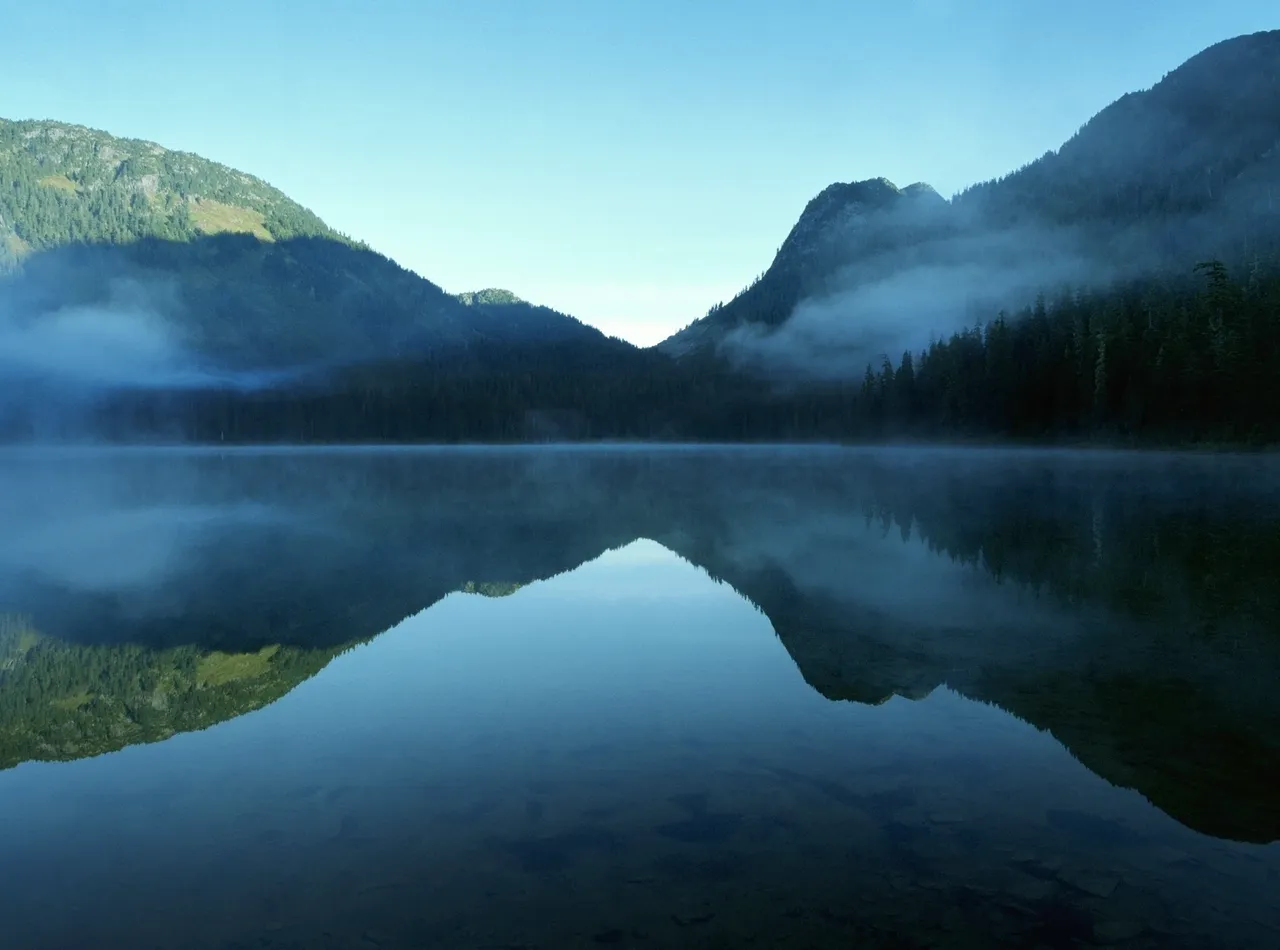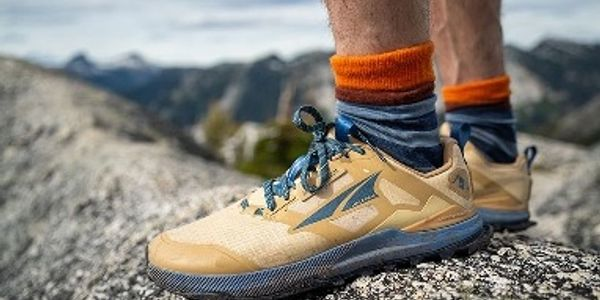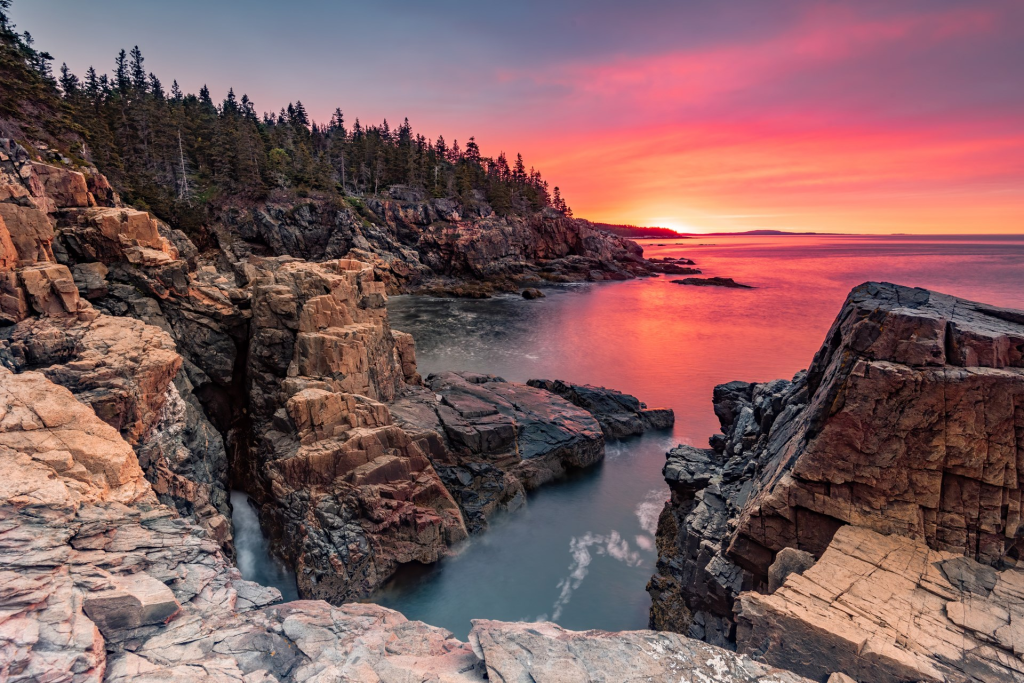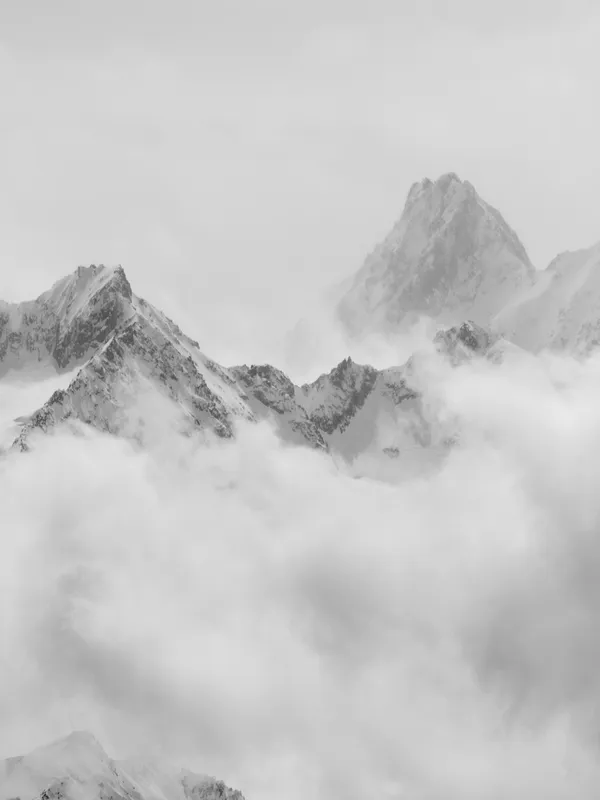What to Know About Crater Lake
I’m Cap Puckhaber. I’m a marketing professional, amateur investor, part-time blogger, and outdoor enthusiast. Today, we are breaking down Crater Lake and exploring what makes this deep blue wonder in Oregon so famous.
Crater Lake is located in southern Oregon. It stands as one of the most breathtaking and unique natural attractions in the United States. Its intense blue color and dramatic caldera cliffs are world-famous. Consequently, Crater Lake ranks as the deepest lake in the U.S. and one of the clearest in the world. Furthermore, it’s the crown jewel of Crater Lake National Park. This makes it a must-see destination for nature lovers, hikers, and photographers.
In this post, we’ll explore what Crater Lake is and how it was formed. Additionally, we will cover why it’s famous and where it’s located. We will also provide crucial updates about a popular trail closure.
What Is Crater Lake?
Crater Lake is a massive volcanic lake, or caldera. It formed inside a collapsed mountain. At approximately 1,943 feet deep, it holds the title of the deepest lake in the United States. It also ranks as the ninth deepest in the world. The lake’s vibrant, sapphire-blue water truly sets it apart. This purity exists because rain and snow are its only sources. Consequently, no rivers or streams flow into it. This isolated ecosystem is also home to Wizard Island. This prominent cinder cone is a place visitors can typically explore via boat tours during the summer.
The Violent Birth of a Natural Wonder
How Was Crater Lake Formed?
Crater Lake’s story begins around 7,700 years ago. It started with the cataclysmic eruption of Mount Mazama. This was a large volcano that once towered over 12,000 feet. In fact, the eruption was so powerful that the volcano collapsed in on itself. This collapse left a vast crater behind. Over the following centuries, this caldera gradually filled with precipitation. This process ultimately created the pristine lake we see today. Because the water source is solely rain and snow, the lake boasts exceptional clarity. This purity often allows visibility down to 100 feet or more.
Planning Your Visit: Location and Access
Where Is Crater Lake?
You can find Crater Lake in south-central Oregon. It sits entirely inside Crater Lake National Park. Specifically, the park is about 80 miles northeast of Medford. It is also 60 miles north of the California border. As part of the Cascade Range, it is accessible by car via Highway 62 and other nearby routes. The park also offers the 33-mile scenic Rim Drive. This road circles the entire lake. It also features dozens of stops, hiking trailheads, and panoramic viewpoints perfect for photography.
Why Is Crater Lake Famous?
Crater Lake’s fame comes from a combination of several unique factors. Its most notable claim is being the deepest lake in America. However, its visual appeal is just as significant. This stems from its unmatched, striking blue color. It also holds the status as one of the clearest lakes in the world. This beauty is amplified by the dramatic setting of 2,000-foot-high cliffs. Its entire origin story of a collapsed volcano gives it incredible geological significance. Ultimately, all these elements combine to make it the centerpiece of Oregon’s only national park. This park is a major attraction that draws nearly 750,000 visitors per year.
Visitor Alert: 2026 Cleetwood Cove Trail Closure
If you are planning a visit, you must be aware of a major update. The National Park Service will temporarily close the Cleetwood Cove Trail. This is the only trail that provides access to the lake’s shore. The closure will begin starting in summer 2026. This action is necessary for a major, multi-year restoration project. The project will improve safety, reduce erosion, and preserve the trail for future generations. Consequently, visitors will not have access to swimming, fishing, or boat tours. This restriction applies to the 2026, 2027, and 2028 seasons. An expected reopening is planned for 2029. Fortunately, many other hiking trails and park attractions will remain open for all visitors.
How to Plan Your Visit
Despite the upcoming trail closure, Crater Lake National Park remains open year-round. It also offers plenty of ways to enjoy its beauty. Popular hikes like Garfield Peak, Watchman Peak, and Discovery Point Trail all provide sweeping lake views. These hikes also offer great photo opportunities. Ranger-led programs and scenic drives also remain available. For the best possible experience, you should plan to visit in summer (July–September). This timing ensures full road access and warmer weather. You should always check the official National Park Service website for the latest updates. Be sure to look for information on closures, weather, and road conditions. Finally, it is wise to bring layers. The high-altitude weather can change quickly, even in summer.
Final Thoughts
Crater Lake isn’t just a stunning place to visit. Rather, it’s a geological wonder and a peaceful escape into nature. Are you visiting for the first time? Or are you returning for another glimpse of that unforgettable blue? Either way, this is a place that stays with you long after you leave. Therefore, you should plan ahead. You must also stay aware of the 2026 trail closure. Finally, get ready to experience one of Oregon’s greatest treasures.
About the author
Cap Puckhaber is a marketing strategist, finance writer, and outdoor enthusiast. He writes across CapPuckhaber.com, TheHikingAdventures.com, SimpleFinanceBlog.com, and BlackDiamondMarketingSolutions.com. Follow him for honest, real-world advice backed by 20+ years of experience.
National Park Reservation System Explained

Join our Mailing List
Sign up with us now and be the first one to know about our exclusive offers and product updates.
By submitting your information, you`re giving us permission to email you. You may unsubscribe at any time.
Follow Cap Puckhaber on Social Media


About the Author: Cap Puckhaber
Backpacker, Marketer, Investor, Blogger, Husband, Dog-Dad, Golfer, Snowboarder
Cap Puckhaber is a marketing strategist, finance writer, and outdoor enthusiast from Reno, Nevada. He writes across CapPuckhaber.com, TheHikingAdventures.com, SimpleFinanceBlog.com, and BlackDiamondMarketingSolutions.com.
Follow him for honest, real-world advice backed by 20+ years of experience.





